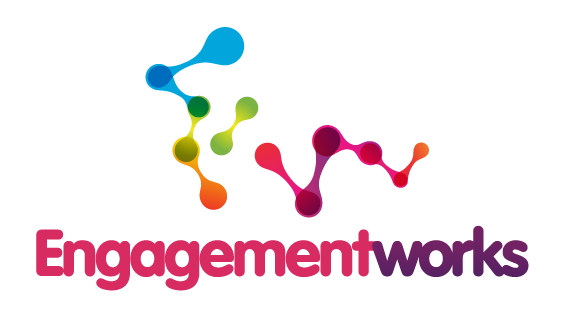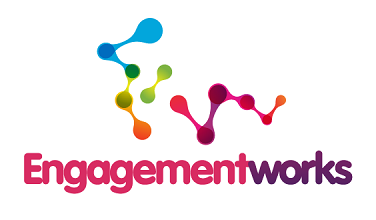This is a big part of Engagementworks’ focus. We’re keen to see a strong and vibrant community of interest grow around engagement in general and online engagement in particular.
Here are links to some online resources that may help engagement practitioners advance their causes within their organisations.
This first document was recently published by New Zealand’s Office of the Auditor General:
http://www.oag.govt.nz/2013/social-media
This resource was created by Queensland’s Government Web Centre:
http://www.qld.gov.au/web/community-engagement/policy-guidelines/guidelines/
Online engagement is a key part of our practitioner series of workshops. We also offer a short course that focuses on this, and can customise that to meet specific needs and audiences.
We’re happy to discuss your needs and ideas. Please send us an email or give us a call!

 RSS Feed
RSS Feed
